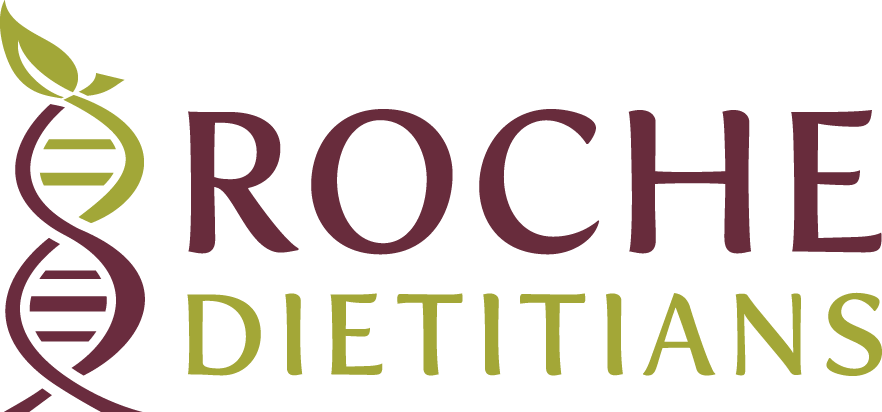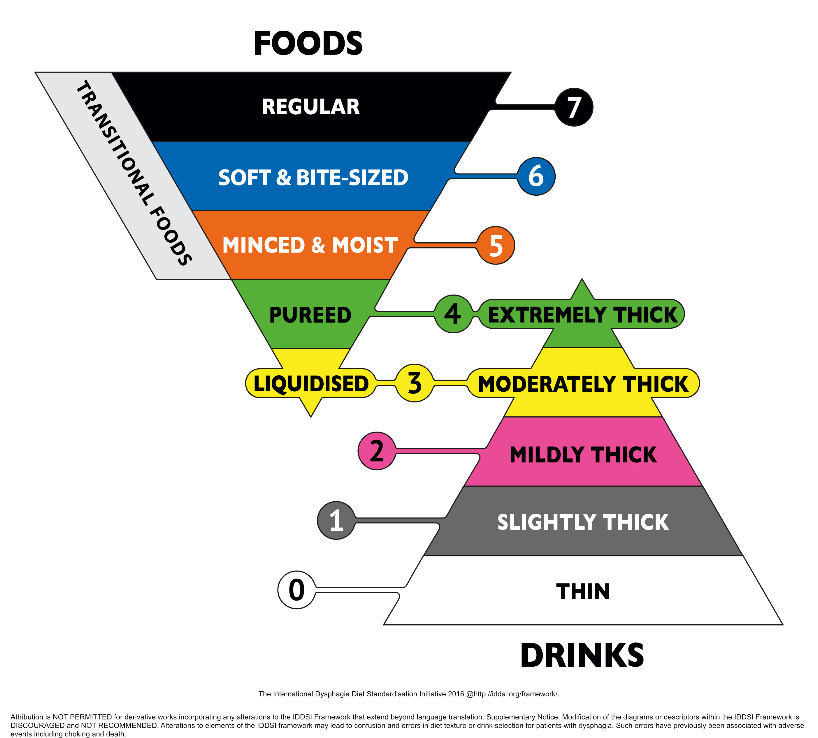5 Things Every Dietetics Student Needs to Know About the New Dysphagia Diets
By Justyna Walkosz
During the dietetic internship, students like myself are exposed to many areas of dietetics including clinical, community, foodservice, and private practice. No matter which area you might select for your future career, you can expect to work with dysphagia. For that reason, every dietetics student should be familiar with the new dysphagia diet standards.
The new standards are described in the International Dysphagia Standardisation Initiative (IDDSI) framework. The framework standardizes the language used for describing texture-modified foods and beverages. Throughout the last 4 weeks I have studied IDDSI, working with Roche Dietitians to support healthcare facilities in making the transition.
READ MORE: Your Ultimate Guide to IDDSI
If you are a dietetics student, here are 5 things you need to know about IDDSI:
1. The initiative is global.
IDDSI was developed by an international team of volunteers including dietitians, speech-language pathologists, physicians, and nurses. Countries like Canada, England, and Australia have already begun implementation.
2. It’s the new standard of practice.
Texture modification is an important element of dysphagia management. The Academy of Nutrition and Dietetics supports IDDSI as the new standard of practice for dietitians.
3. It’s all about patient safety.
IDDSI supports patient safety by ensuring all healthcare providers can communicate with the same technical terms. Using the framework will help you practice quality health care.
4. It describes texture modification across the lifespan.
Whether you want to work with the pediatric, adult, or geriatric population, understanding IDDSI will help you provide the best care for your future patients.
5. Testing provides a basis for consistency.
The IDDSI framework includes testing for each level of texture modification. This eliminates variations in texture modifications between facilities.
As students, we have the opportunity to bring new knowledge into the dietetic workplace. Understanding IDDSI can give us that edge as we begin our careers.
Want to learn more about IDDSI? Click here to download our top 17 IDDSI tips!
Visit my previous blog on IDDSI here.
Comment below: What else do you want to know about IDDSI to give you the edge as you begin your career?
Sites of reference:
IDDSI (https://iddsi.org/)
Academy of Nutrition and Dietetics (https://www.eatrightpro.org/practice/practice-resources/post-acute-long-term-care-management/international-dysphagia-diet-standardization-initiative)
American Speech-Language-Hearing Association (https://blog.asha.org/2017/11/07/iddsi-next-steps-tools-tips-for-smooth-implementation/
Justyna Walkosz is a second-year graduate student with Loyola University Chicago, working toward a master’s degree in dietetics. She is also completing her dietetic internship, working with Roche Dietitians, the Loyola Community Nursing Center, and Lil VeggieRx, a produce distribution program in Maywood, IL. She plans to graduate and complete her internship in May of 2019.


